Rivers are supposed to follow gravity, flowing from higher ground to lower ground in one clear direction. Yet around the world, there are rare moments when rivers behave unexpectedly and start flowing backwards. This reversal can last a few minutes, a few months, or become a permanent change, depending on the forces involved. Understanding backward-flowing rivers helps us see how tides, floods, engineering, and ancient geological shifts can completely transform landscapes. In this article, we explore six remarkable rivers known for flowing in reverse at some point in history. Each case reveals something unique about the planet, its climate system,s and the natural forces powerful enough to push water against its usual path.
Rivers that flow backwards and what makes this phenomenon so rare
Tonlé Sap River, Cambodia
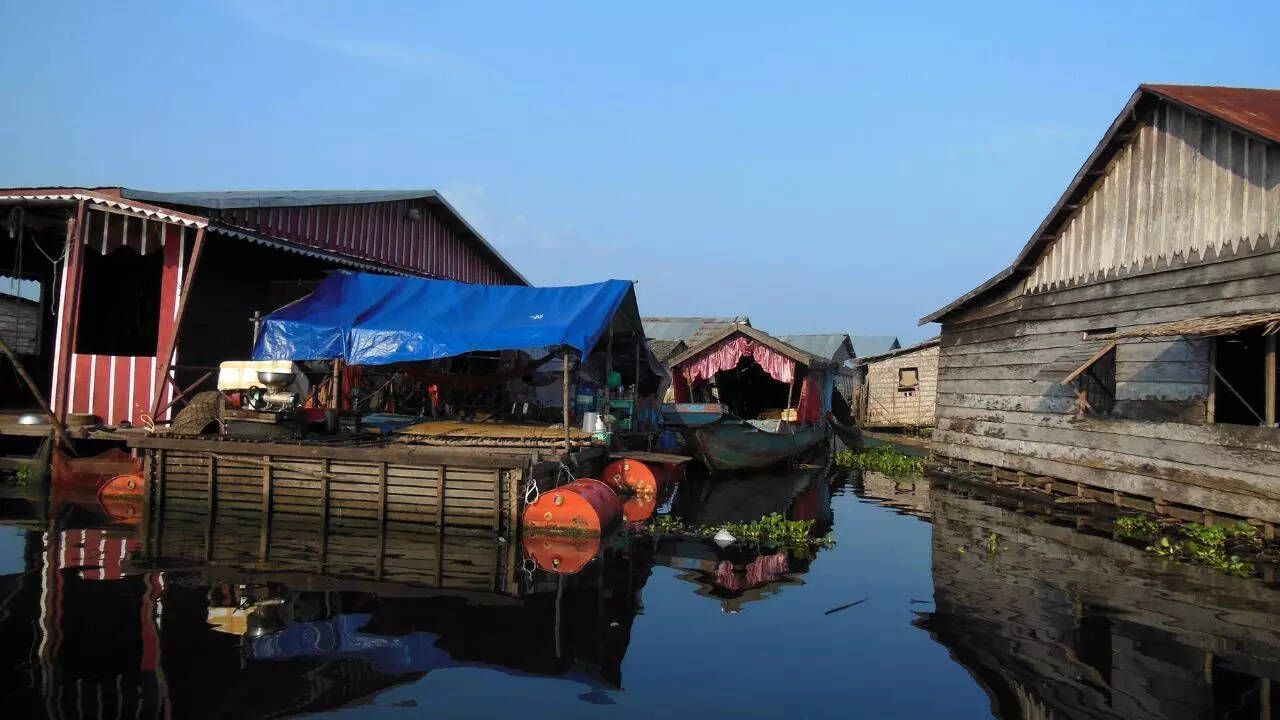
The Tonlé Sap River is the most famous example of a river that flows backward every year. During the dry season, it flows southwards into the Mekong River. But once the monsoon arrives, the Mekong swells so dramatically that the increased pressure pushes water back into the Tonlé Sap, reversing its flow. This causes the Tonlé Sap Lake to expand several times in size, creating one of the richest freshwater ecosystems in Asia. The annual reversal supports millions of fish, thriving floodplain forests and the livelihoods of Cambodian communities. It is so significant that Cambodia celebrates it through the Water Festival, marking the moment the river changes direction.
The Chicago River , United States
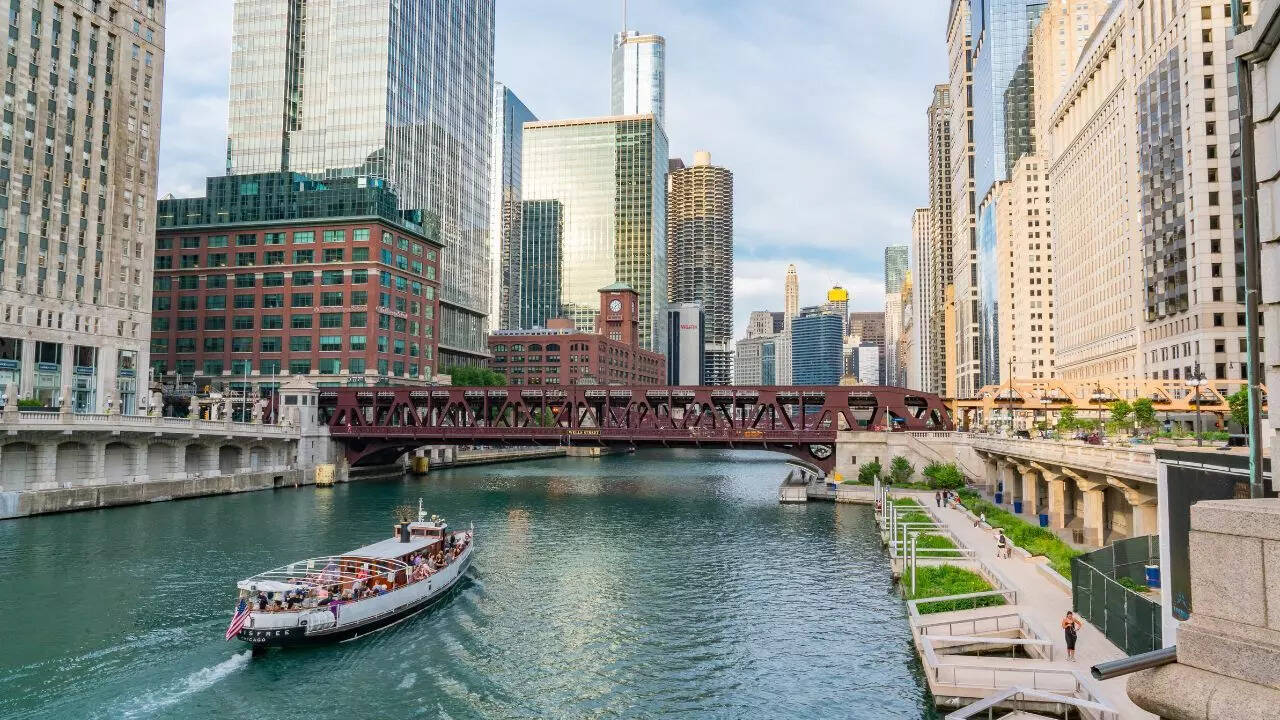
The Chicago River is an unusual case because its backward flow is man-made. In the early twentieth century, engineers reversed the river’s natural direction by constructing a complex system of canals and locks. Originall,y the river flowed into Lake Michigan, which supplied drinking water to the city. However, this also carried sewage into the lake. To protect the water supply, the river was engineered to flow away from the lake and towards the Mississippi basin. It is one of the world’s most dramatic examples of a permanent, engineered river reversal. Today, the Chicago River continues to flow backward compared to its original course and is considered a landmark in civil engineering history.
The Amazon River , South America
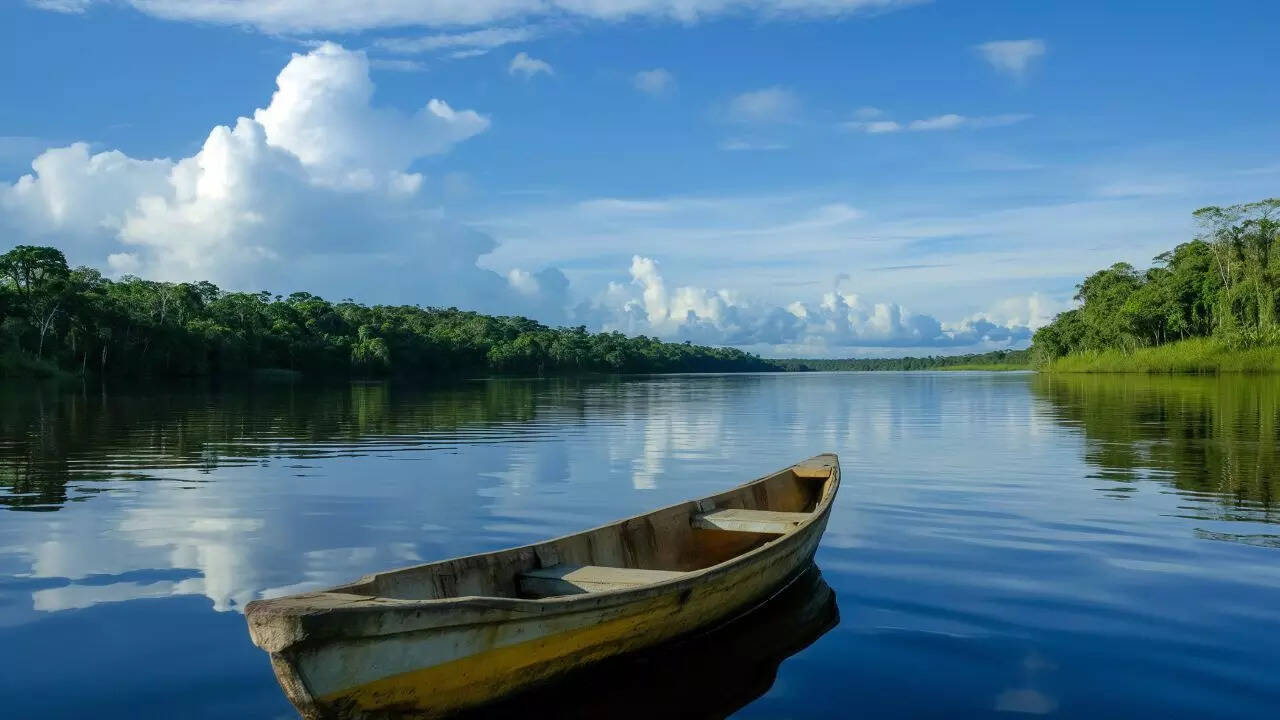
It may be hard to imagine, but the Amazon River once flowed in the opposite direction millions of years ago. Before the Andes Mountains existed, the Amazon drained westward into the Pacific Ocean. As tectonic activity uplifted the Andes, the land gradient changed, and water could no longer flow west. The river slowly reversed, eventually carving a new eastward path into the Atlantic Ocean. This geological reversal reshaped much of the continent, influencing biodiversity and rainforest development. Although the Amazon does not reverse today, its ancient backward flow remains one of the most significant natural river reversals ever recorded.
The Mississippi River , United States
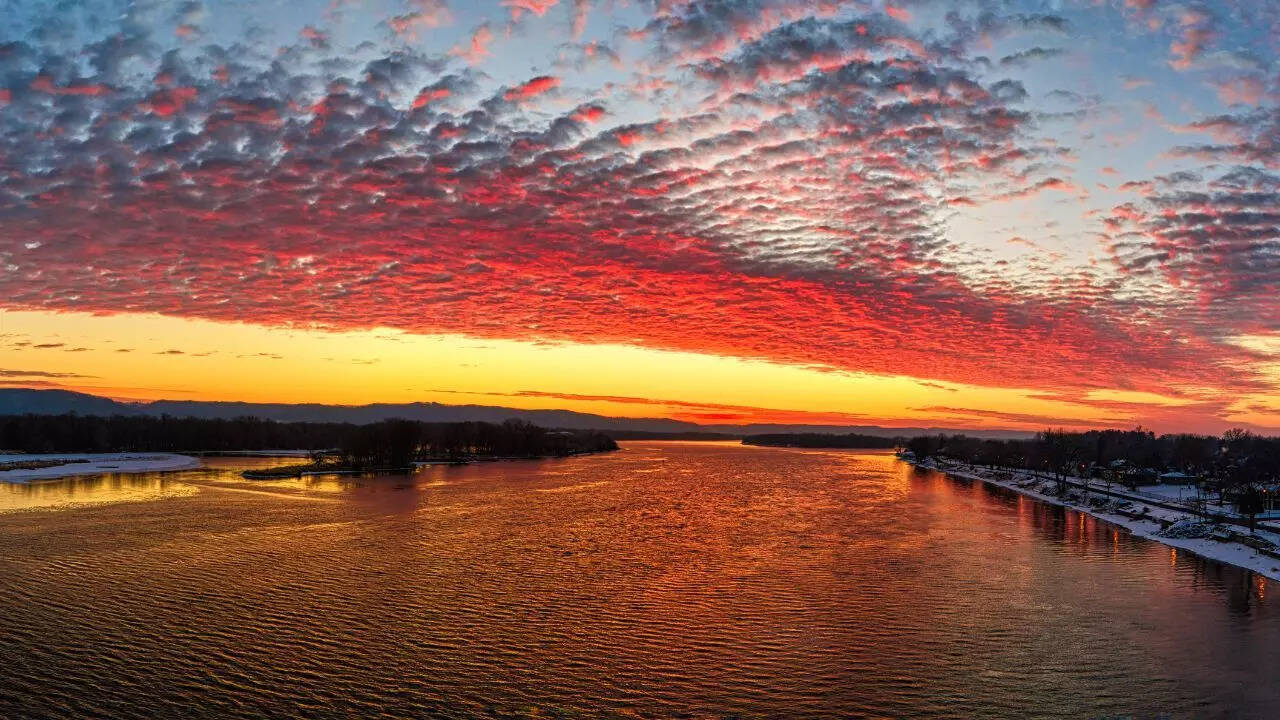
The Mississippi River occasionally flows backward during extreme weather events. One of the most dramatic reversals happened during Hurricane Isaac in 2012, when storm surges pushed water upstream and temporarily forced the river to flow in reverse for several hours. A similar reversal happened during Hurricane Katrina. These events are rare and occur only when powerful winds, tidal surges or rapid pressure changes overwhelm the river’s natural forward flow. When it happens, the backward surge can damage riverside communities, disrupt shipping and cause sudden inland flooding. It is a dramatic reminder of how extreme weather can overpower even the mightiest rivers.
The Hudson River , United States

The Hudson River is a tidal estuary, which means ocean tides strongly influence its flow. At high tide, seawater pushes upriver from the Atlantic, causing sections of the Hudson to slow, stall or briefly flow backwards. This does not last long, and the river still drains naturally toward the sea overall. But twice a day, the river experiences a tidal reversal that can be seen in the movement of floating debris or small boats. The Hudson’s tidal behaviour also shapes its unique ecology, mixing saltwater and freshwater in a constantly shifting balance. It is one of the most accessible examples of natural, predictable backward flow.
The Thames River , United Kingdom
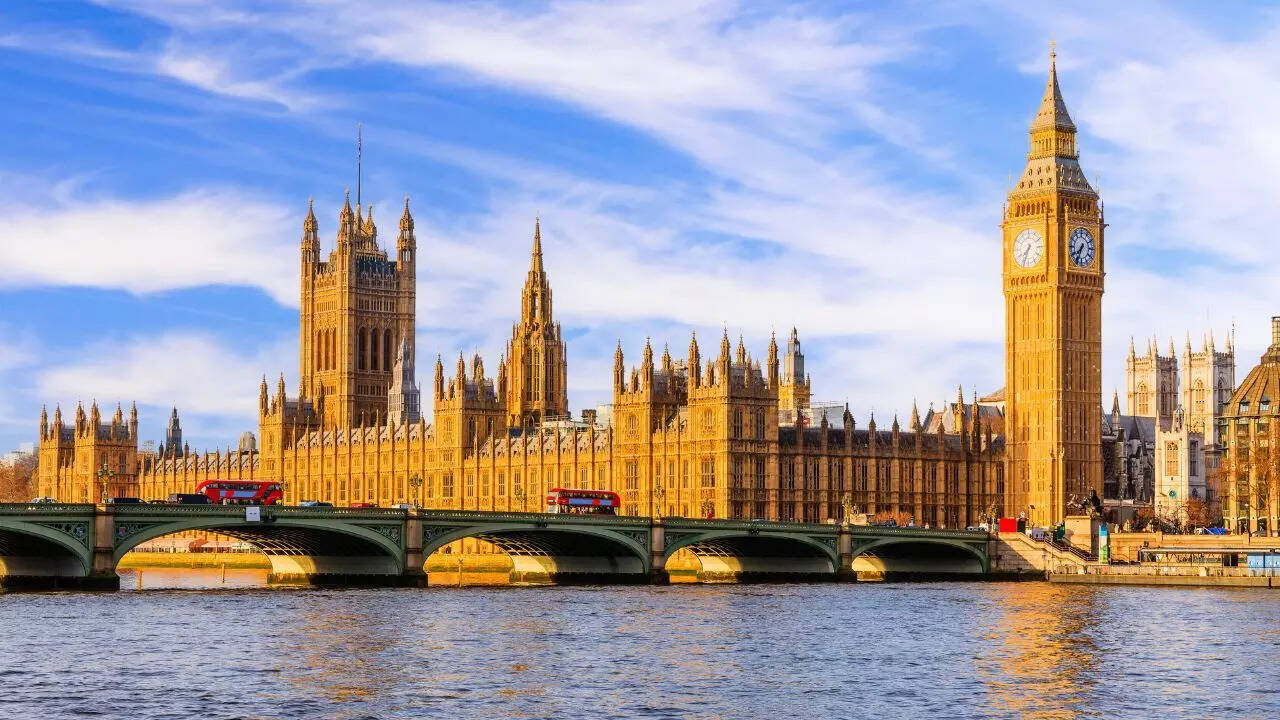
Like the Hudson, the Thames is heavily influenced by tides from the North Sea. When the tide rises, seawater moves upriver and can reverse the flow in the lower reaches near London. This tidal push was historically strong enough to cause flooding in riverside districts, which led to the creation of the Thames Barrier. While the Thames does not permanently flow backward, these daily tidal reversals are a natural feature of the river. They shape navigation schedules, wildlife patterns and urban planning across the region. The Thames shows that even iconic rivers can experience backward flow under natural tidal conditions.Also read| Which city in India just went completely traffic-light free? The answer might surprise you





